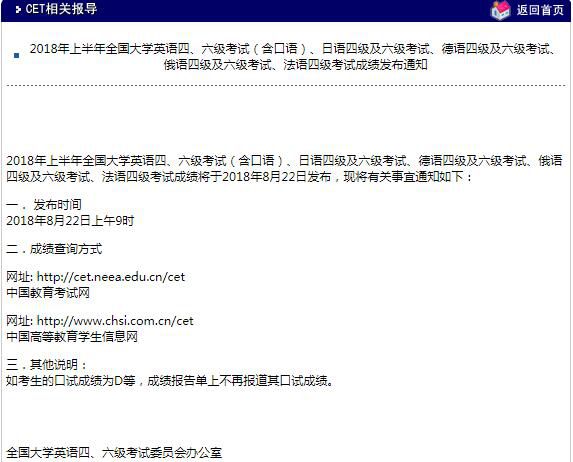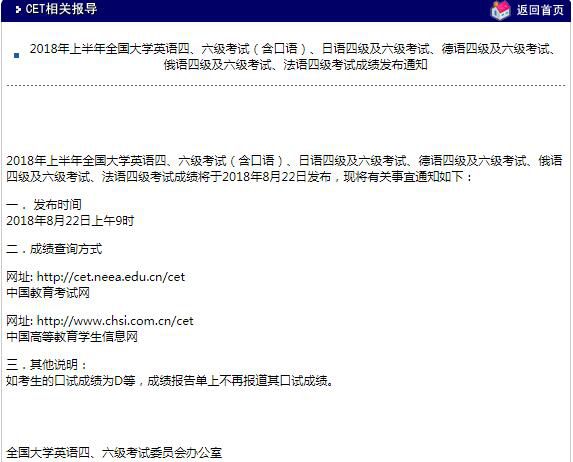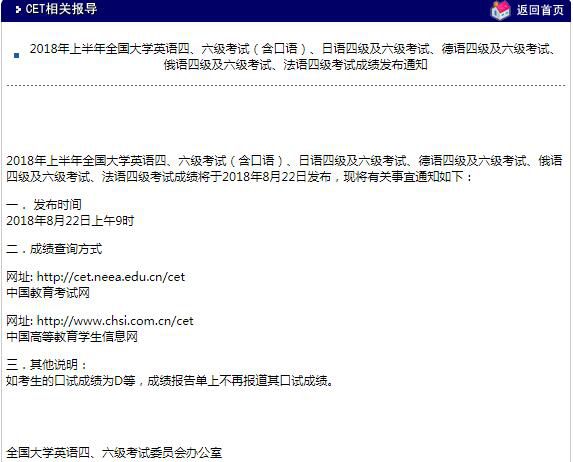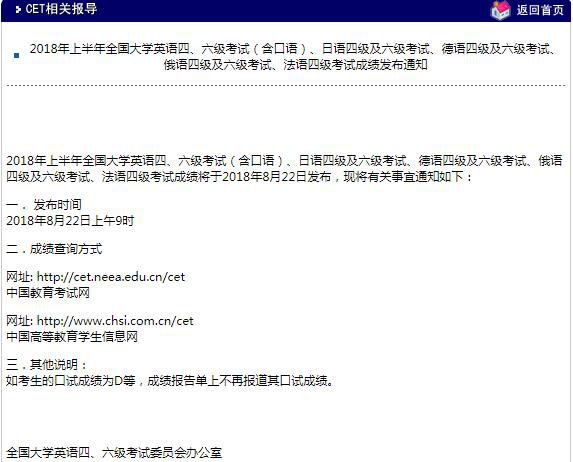GMAT网络课堂阅读笔记-王昆嵩主讲[2]
|
Passage 2 Between the eighth and eleventh centuries A.D., the Byzantine Empire staged an almost unparalleled economic and cultural revival, a recovery that is all the more striking because it followed a long period of severe (5) internal decline. By the early eighth century, the empire had lost roughly two-thirds of the territory it had possessed in the year 600, and its remaining area was being raided by Arabs and Bulgarians, who at times threatened to take Constantinople and extinguish the (10) empire altogether. The wealth of the state and its subjects was greatly diminished, and artistic and literary production had virtually ceased. By the early eleventh century, however, the empire had regained almost half ofits lost possessions, its new frontiers were secure, and its (15) influence extended far beyond its borders. The economy had recovered, the treasury was full, and art and scho- larship had advanced. To consider the Byzantine military, cultural, and economic advances as differentiated aspects of a single (20) phenomenon is reasonable. After all, these three forms of progress have gone together in a number of states and civilizations. Rome under Augustus and fifth-century Athens provide the most obvious examples in antiquity. Moreover, an examination of the apparent sequential (25) connections among military, economic, and cultural forms of progress might help explain the dynamics of historical change. The common explanation of these apparent conn- ections in the case of Byzantium would run like this: (30) when the empire had turned back enemy raids on its own territory and had begun to raid and conquer enemy territory, Byzantine resources naturally expanded and more money became available to patronize art and lit- erature. Therefore, Byzantine military achievements led to (35) economic advances, which in turn led to cultural revival. No doubt this hypothetical pattern did apply at times during the course of the recovery. Yet it is not clear that military advances invariably came first, economic advances second, and intellectual advances third. In the (40) 860’s the Byzantine Empire began to recover from Arab incursions so that by 872 the military balance with the Abbasid Caliphate had been permanently altered in the empire’s favor. The beginning of the empire’s economic revival, however, can be placed between 810 and 830 (45) Finally, the Byzantine revival of learning appears to have begun even earlier. A number of notable scholars and writers appeared by 788 and, by the last decade of the eighth century, a cultural revival was in full bloom, a revival that lasted until the fall of Constantinople in (50) 1453.Thus the commonly expected order of military revival followed by economic and then by cultural recovery was reversed in Byzantium. In fact, the revival of Byzantine learning may itself have influenced the subsequent economic and military expansion. 1. Which of the following best states the central idea of the passage? 2. The primary purpose of the second paragraph is which of the following? (A) To establish the uniqueness of the Byzantine revival 3. It can be inferred from the passage that by the eleventh century the Byzantine military forces 4. It can be inferred from the passage that the Byzantine Empire sustained significant territorial losses 5. In the third paragraph, the author most probably provides an explanation of the apparent connections among economic, military, and cultural development in order to 6. Which of the following does the author mention as crucial evidence concerning the manner in which the Byzantine revival began? 7. According to the author, “The common explanation” (line 28) of connections between economic, military, and cultural development is |








